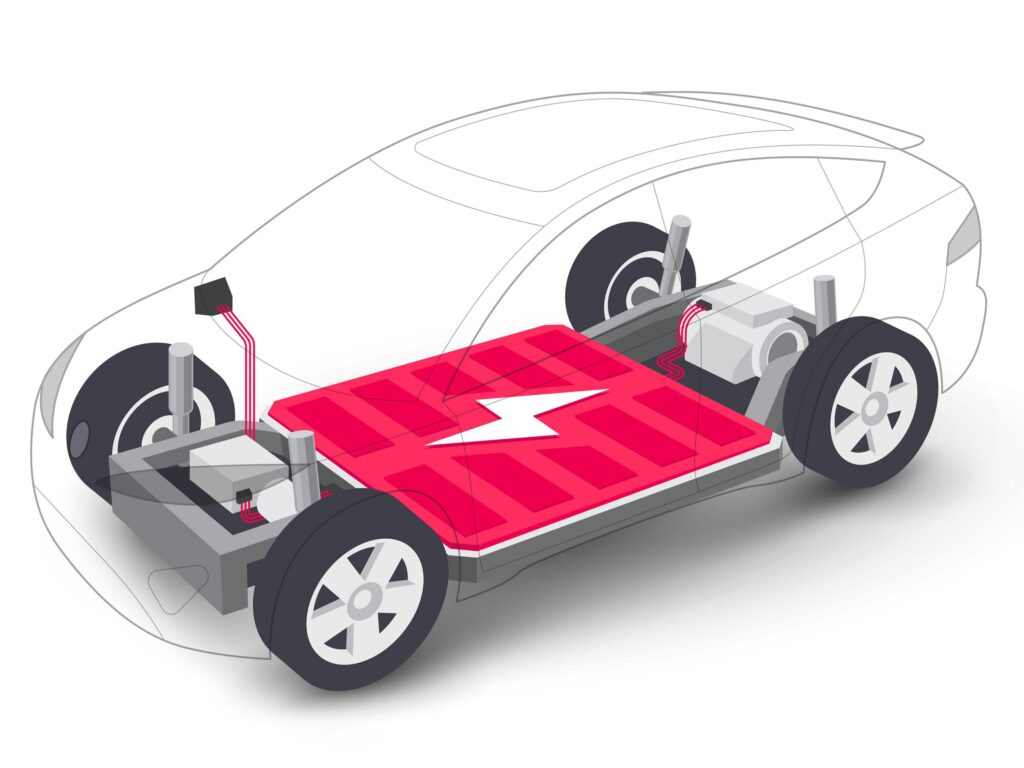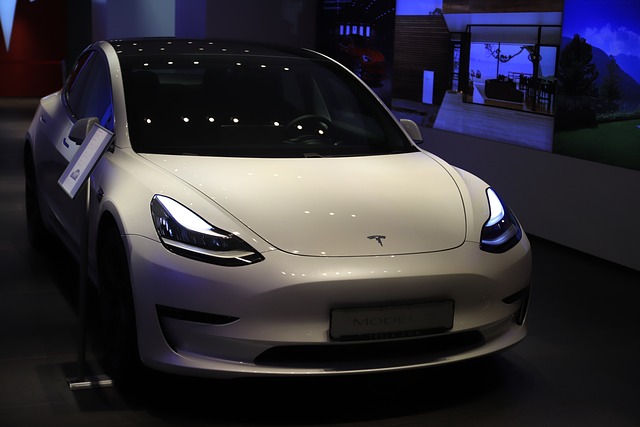Effect of Chips Shortage and Charging Infrastructure: Since 1996, the automakers in the European Union saw a decline in the sales volume of electric vehicles. The decline was caused by the issues faced with the supply of semiconductor chips and inflation.
The shortage of semiconductor chips has been an issue globally. In 2021, due to such a shortage, Hamstrung lost more than $ 200 billion. In 2021, globally there was less than 0.3% of registration for medium and heavy-duty vehicles.
The Present Condition
Due to the high dependency on the supply of semiconductors for new car manufacturing, the market of electric vehicles has been significantly impacted and is still in effect. In 2022, the worst situation came with supply chain failure and probably the worst level of inflation seen in decades. This affected the major economies worldwide.
In such difficult circumstances, electric vehicle manufacturers have to plan strategic investments. The planning is in order to save their capital from high inflation. They also need to bring down the demand and the supply gap which can be revived and give more benefits.

Steps to Overcome the Shortage
In this situation, the installation of charging infrastructure and development becomes a potential investment. The absence of strong infrastructure is the major reason for the slow growth in the electric vehicle market. The current demand for new commercial trucks is comparatively lower. It is expected to rise in the coming future, and installing surcharging stations can bring a competitive advantage to the company.
As the commercial routes are well established and are not likely to alter very soon, it becomes important for electric vehicle truck manufacturers and fleet owners as it will help them to save money and plan for the future. Electrifying of fleet and management for the charging requirement can bring result in considerable fuel cost reduction for EV fleet owners. It will also increase the life of an electric truck more than what a manufacturer expects for a diesel truck. It will also help them to bring more benefits from the second revenue stream that will be generated from providing different services for charging to the growing number of electric vehicle owners on the road.
The coordinated development should first bring more focus on the heavily used goods. To make the logistics more sustainable, we need to develop integrated technology and infrastructure networks. The popular way of depot charging which keeps the lower cost is by charging vehicles overnight at moderate but sufficient speed regardless of the duty cycles and application of commercial vehicles. For fleets that have a longer but regular route or predictable operation such as Shelters, public transportation, or school buses, it may be required to provide high-speed charging on major roads.
Recent Developments
The fleet that has higher variable routes can use the benefit of charging the vehicles at charging stations available in different cities where drivers can also take a break for some time. Quick and ultra-quick charging on highways is required to provide more flexibility and autonomy for regional and long-route electric trucks.
New Technology Serving The Purpose of Chips Shortage and Charging Infrastructure
To answer this, researchers at Cornell University are developing a different technology that can help charge the electric car even while traveling. Embedded metal plates that are used to charge cars by induction as they pass over them may be installed on highways and roads. These are among the evolving technologies that are still under research and development and will be commercially available in a few years.
While this is going on, Fleet owners and truck drivers are struggling to find readily accessible technology to meet the current demands. The key solution to this problem is the production of energy from clean sources. There are currently over 500 LNG operational stations spread across the whole EU. Among these 112 are in Italy, 108 in Germany, 79 in Spain, and 60 LNG stations are in France.
Multi Fuel Electric Vehicle Chargers
The growth of Liquefied Natural Gas stations (LNG) is increasing on an average of 140% per annum. Approximately 900 composed natural gas CNG fueling stations and over 16 LNG stations are operating in the United States currently. Therefore, creating multi-fuel EV chargers is becoming a more realistic approach for offering en-route charging. These stations will have the facility for more than one fuel for their customers, unlike a dedicated gas or charging station.
L-Charge: Ultra Fast Mobile EV Charging
L Charge is an Ultra Fast Mobile EV Charging provider. They are mobile charging units that are the solution to EV charging nowadays. Highway and public parking lots are idle places for L-charge’s stationery chargers. They do not require any connection to an external power grid. Instead, the charging units generate electricity using an internal source of liquified natural gas hydrogen or a mixture of LNG/hydrogen.

Conclusion
So we have discussed a lot about the Effect of Chips Shortage and Charging Infrastructure in this article. We have analyzed how electric vehicle manufacturers as well as charging solution provider companies are facing issues. The issues are in terms of a shortage of these chips. A lot of companies are working very hard to manufacture these chips and to make them accessible for commercial usage.
Different governments are also helping these manufacturers and companies in terms of mass production. But a lot of work needs to be done. We hope that by working together, we will be able to overcome this shortage. And that the charging infrastructures will again start functioning the way they should have.
